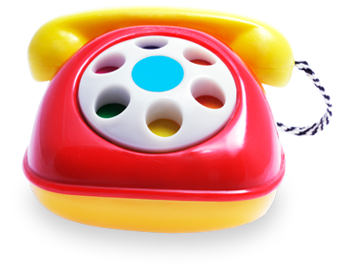Pectus excavatum is a disorder of the chest wall that appears as a depression in a child’s breastbone at the center of the chest. Because the breastbone doesn’t fully form, it’s often called a “funnel chest” or “sunken chest.”
If your child has pectus excavatum, it is important to know that nearly all cases do not impact their growth, development, or activity level. Most cases of pectus excavatum do not have serious medical implications. Children breathe normally, and their heart and other organs are protected. Almost all children can still be active and do not experience any problems with breathing or lung capacity.
If needed, a minimally invasive surgery can fix the structure of your child’s chest to ensure that they stay healthy and active. In very rare cases, pectus excavatum can affect the function of organs.
Active Surveillance by Experts Is Important
Active surveillance is an important part of tracking all aspects of your child’s wellness. Our providers are trained in testing, monitoring, and treating a sunken chest. We involve you in all decisions about your child’s care and carefully explain our recommendations.

